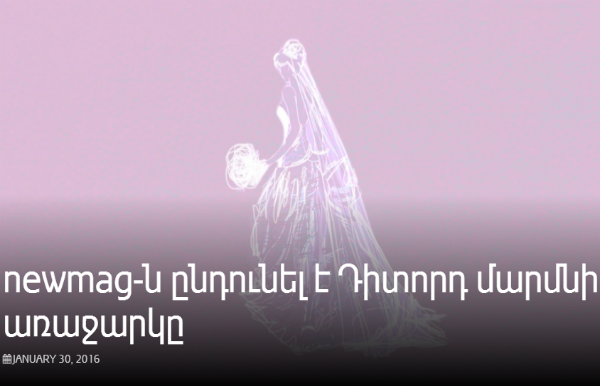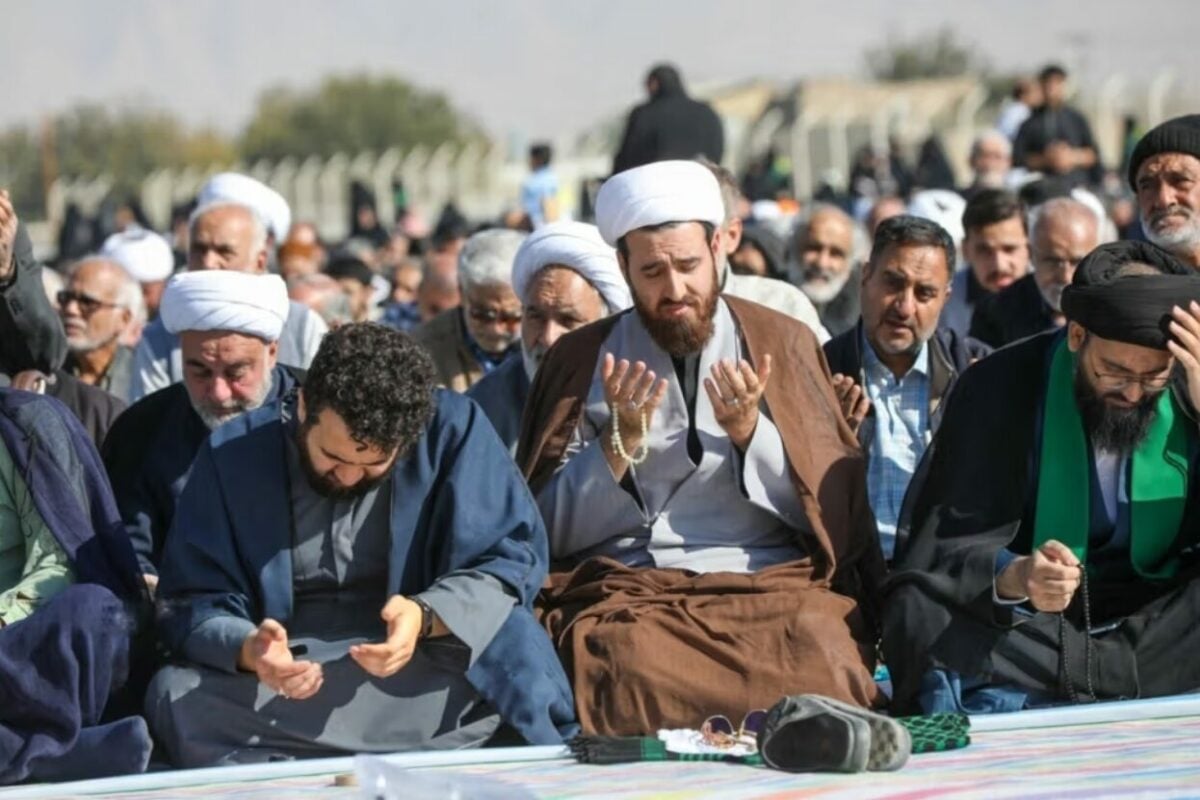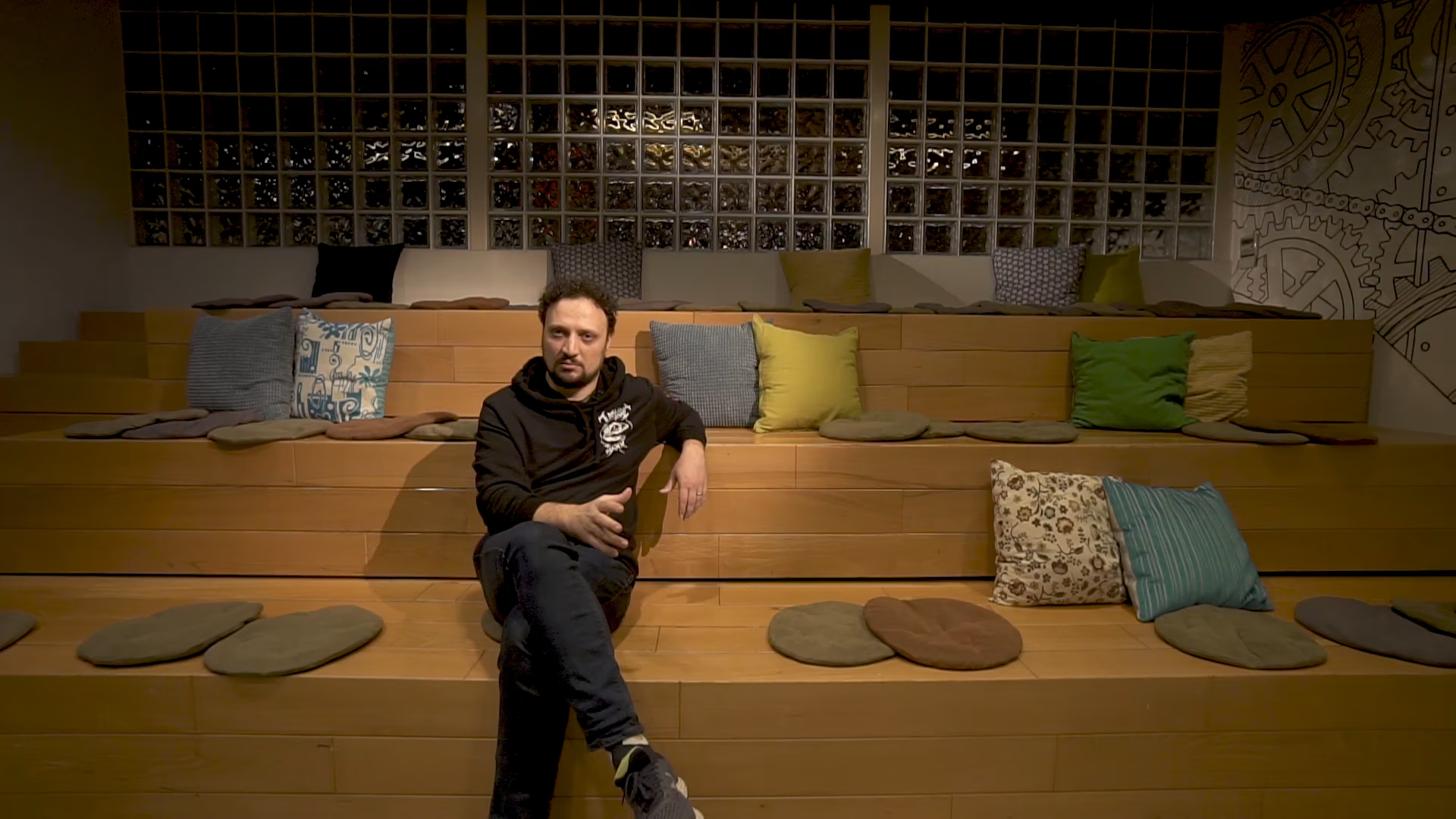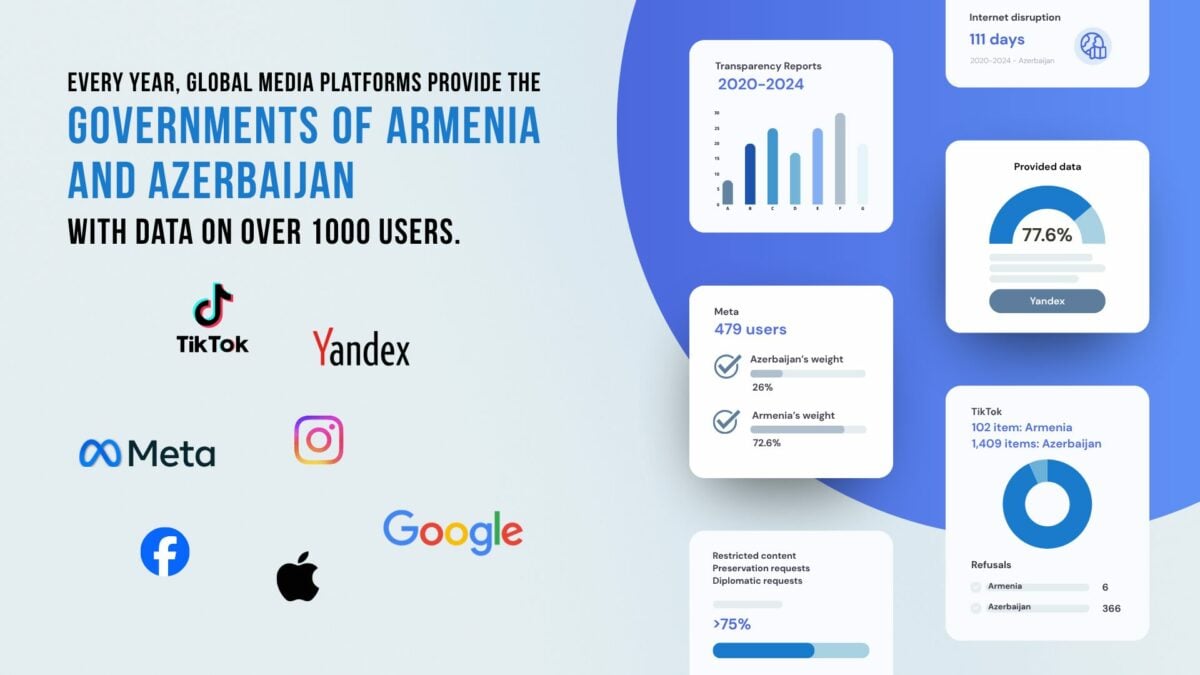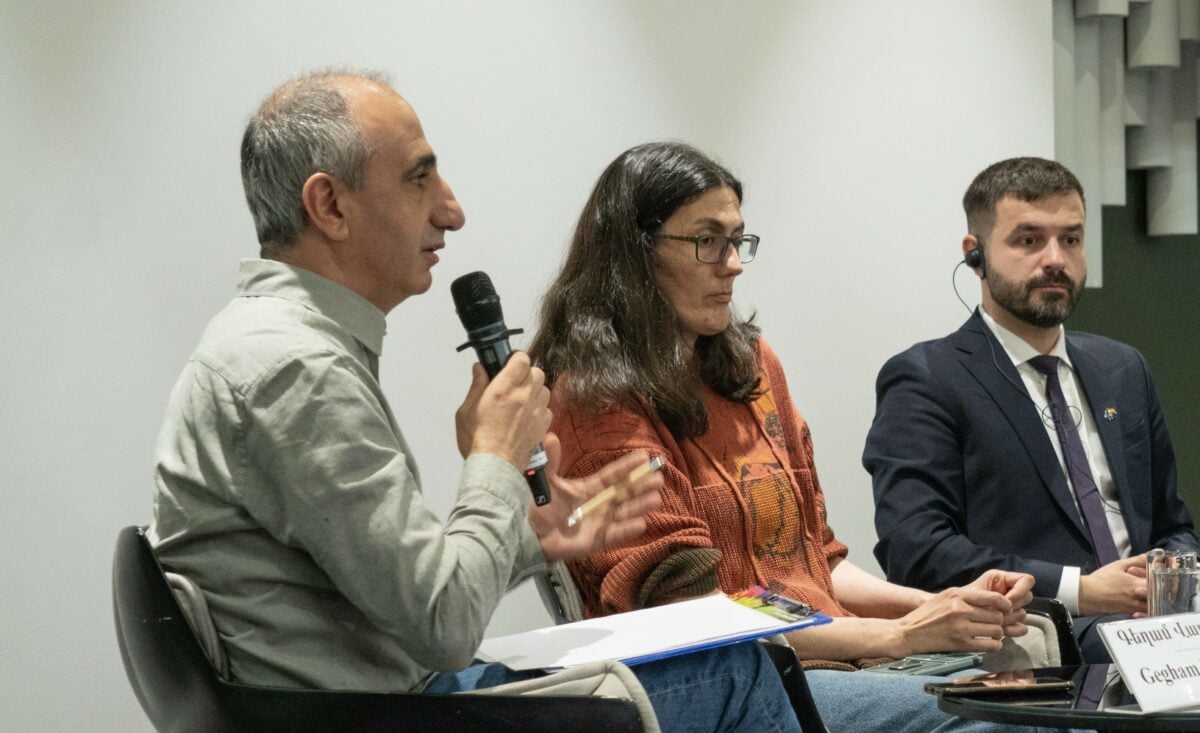The conflict between the right of privacy and the right to receive information is an old problem and challenge for media and the public, and its solution in each specific case is unique.
Though there are rules that have been developed and are accepted by many, there are also precedents from the European Court of Human Rights.
In this way, the limits of privacy restrict when the person is a senior government official, or a state or public figure, or seeks public attention. When we say “restricts,” it doesn’t mean entering that person’s bedroom and determining on which side of the bed he places his pillow… However…
However, if you are a senior government official, moreover, if you claim to fight corruption, then the several-thousand-dollar watch on your wrist, your several-thousand-dollar home are no longer your personal business — they attract public attention. Just as the Armenian Control Chamber Chair’s house (received as a gift, according to him) is not part of his private life because such a present for such a level of official has only one name…
The relatives of these public and state figures also are not insured against the publication of some aspects of their private life, if they too seek public attention. The relatives (wife, son, father, and so on) of many of Armenia’s officials quietly live and work, and there are even people who don’t recognize them by sight.
But, for example, a government minister’s wife, who carries out public activities by running a non-profit organization, moreover, mentions this at every opportunity, that is, strives for public attention, is recognizable by face, should tolerate if a representative of the public, in this case a journalist, sees her leaving a high-end shop and inquires about her purchases…
No, I’m not saying she is obliged to respond to these personal questions. Far be it. But to understand that a journalist has the right and can ask such questions, she is obliged and should respond to them calmly — and not aggressively.
A different problem is when an incident becomes an object of public curiosity, but its participants have never sought public attention and don’t want to publicize themselves. This is where you should be careful when imparting personal information about someone.
Let me mention a precedent, its lessons being very helpful, I think, also for other media outlets. An article titled “Who was the runaway bride and what happened to her?” was published on the online version of Newmag magazine on an incident which media reported months ago that had attracted public curiosity.
The magazine published the subject’s personal details, including her first and last name, place of study and work, as well as her photo — that is, identifying information.
Following a reaction by members of the Armenian Facebook group “In the Name of Conscientious Journalism” to the story, Armenia’s Media Ethics Observatory (MEO) suggested to the magazine’s editors to view the issue from an ethics perspective. The discussion took place with the consent of the editorial staff.
The conclusion was the following: “… Though the described event is the subject of public curiosity, the subject of the story in question is not a public figure and doesn’t strive for public attention”; consequently, “publication of the factual data and accompanying photo in the article is not justified in terms of respecting the principle of the protection of privacy and can make the subject of the story identifiable.”
The MEO suggested to the editorial staff “to remove from the article all the information that makes the subject identifiable (first and last name, birthplace, place of study and work), as well as the photo, and if necessary, to take other steps to settle the possible dispute with the subject of the story out of court.”
The MEO was guided by section 1 of Article 4 “Respect for Privacy and Other Human Rights” of the Code of Ethics of Armenian Media and Journalists, according to which editors and journalists are obliged “to respect and protect the human right to private life, including respect to personal and family life, residence, property, health condition, correspondence. Only public interest or protection thereof can justify publication of information regarding the privacy of high rank officials, public figures, and individuals aspiring to power or public attention.”
To Newmag‘s credit, it must be said that it completely accepted the conclusion, publishing it [AM] and adopted the MEO’s suggestion, editing the original story [AM].
The several important lessons from this precedent are as follows:
For the first time, the MEO by its own initiative, not waiting for a formally filed complaint, examined a published story’s compliance with ethical principles.
For the first time, the MEO addressed the problem of interfering in one’s private life and basically gave a precedent-setting conclusion, which the other media outlets that signed the Code of Ethics and joined the self-regulation initiative also have to take into account.
And finally, for the first time, a media outlet that is not a member of the self-regulation initiative agreed to completely accept the MEO’s conclusion and took further action accordingly.
Mesrop Harutyunyan
P.S. By the way, after publishing the MEO’s conclusion, Newmag joined the self-regulation initiative, becoming the 41st media outlet to sign the Code of Ethics of Armenian Media and Journalists.

